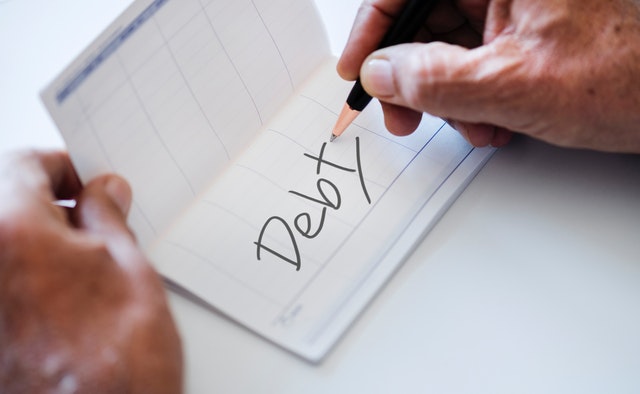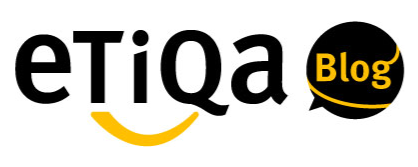A Step-By-Step Guide to Clearing Your Debts

[blockquote align=”none” author=”Bank Negara Malaysia”]Malaysians have an average debt to income ratio of 89% (as at 2016).[/blockquote]
According to Bank Negara Malaysia, Malaysians have an average debt to income ratio of 89% (as at 2016). That means that Malaysians would have 11% left for living expenses that aren’t tied up in loans and monthly payments. The acceptable figure for household debt to income ratio is actually at 30%, leaving 60% of income to be saved and enjoyed.
If you’re asking why this is bad if you’re surviving so far, then you may not be ready for emergencies and retirement. Working towards a manageable debt to income ratio, or even just clearing your debt completely can take a huge weight off your shoulders. You’ll be free to make the most out of life without worrying about how to make ends meet.
Take the time to sit down, breathe, and focus on improving your bank balance. Whether you owe RM100 or RM10,000, follow these tips to clear your debts.
Tips to Clear Your Debts
- STEP 1: List Down Your Debts
List down your car loan, personal loan, and any other instalment plans for purchases you made. Include interest rates, otherwise you won’t be able to budget your payments accordingly.
- STEP 2: List Down Your Expenses
This list is for all bills and mandatory expenses. This includes mortgage or rent, electricity bills, water bills, phone bills, food, petrol, transport, and anything else that enables you and your family to live and breathe.
- STEP 3: Prioritise What To Pay
Deduct your living expenses from your income, you’ll be using the rest to pay off your debt.
- STEP 4: Done Paying? Use Your Money Wisely
Remember that RM350 you used to pay off your debts? You could use it to treat yourself and your family to a nice meal. Maybe now your daughter can take that karate class at school, or you and your spouse can now sign up for after-work yoga classes. Like we said at the beginning of this blog, having money can help you make the most out of life.
You could also save that extra RM350 for future purchases so you don’t have to get into debt again.
The Snowball Method
One of the ways to prioritise your payment is the debt snowball method. You use the bulk of your money to finish paying off the smallest debt first and pay the minimal amounts on the rest of your debts to avoid penalties.
Once you’ve paid off the smallest debt, you’ll have more money to pay the bigger debts in the following month.
Let’s say that after you deduct all your living expenses from your take-home pay, you have RM350 that you can use to pay off your debts. The table below is a simple illustration of how the debt snowball works:
| Available money: RM350 | Debt 1: RM500 (with interest) | Debt 2: RM1000 (with interest) | Debt 3: RM2500 (with interest) |
| Jan | 200 | 50 | 100 |
| Feb | 200 | 50 | 100 |
| Mar | 100 | 150 | 100 |
| Apr | – | 250 | 100 |
| May | – | 250 | 100 |
| Jun | – | 250 | 100 |
| Jul | – | – | 350 |
| Aug | – | – | 350 |
| Sep | – | – | 350 |
| Oct | – | – | 350 |
| Nov | – | – | 350 |
| Dec | – | – | 150 |
Table 1: Clearing your debts with the snowball method
On the other hand, if you choose to pay off the biggest debt first, seeing slow progress on your other debts can be demotivating!
| Available money: RM350 | Debt 1: RM2500 (with interest) | Debt 2: RM1000 (with interest) | Debt 3: RM500 (with interest) |
| Jan | 250 | 50 | 50 |
| Feb | 250 | 50 | 50 |
| Mar | 250 | 50 | 50 |
| Apr | 250 | 50 | 50 |
| May | 250 | 50 | 50 |
| Jun | 250 | 50 | 50 |
| Jul | 250 | 50 | 50 |
| Aug | 250 | 50 | 50 |
| Sep | 250 | 50 | 50 |
| Oct | 250 | 50 | 50 |
| Nov | – | 300 | – |
| Dec | – | 200 | – |
Table 2: Clearing your biggest debt first
Using the debt snowball method is motivational because you’ll see quick progress in eliminating your debts, one by one.
The information contained in this blog is provided for informational purposes only, and should not be construed as advice on any matter. Etiqa accepts no responsibility for loss which may arise from reliance on information contained in the article. This information is correct as of 10 October 2019.
